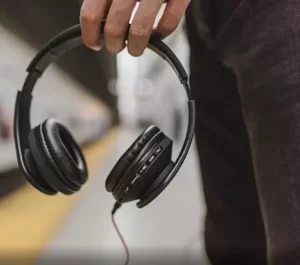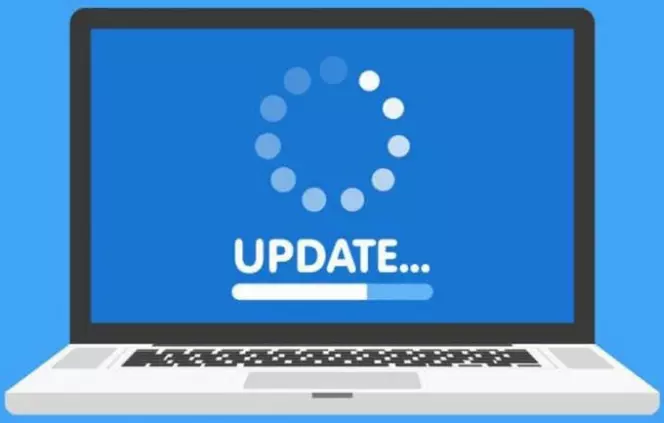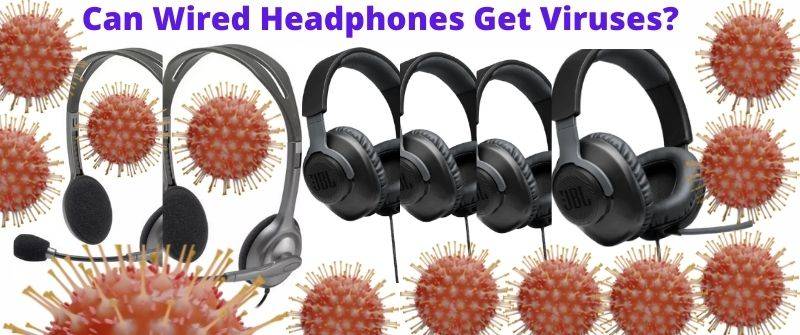Headphone safety use is key as user demand increases. While many people think that they are safe while using headphones, new studies show some dangers from using wired or Bluetooth headphones.
If you have ever wondered: “can wire or Bluetooth headphones get viruses”, then this article is for you.
Can Wired Headphones Be Hacked?
Wired headphones are largely safe and cannot be hacked under normal circumstances. However, if exposed to malicious connections, wired headphones can be hacked or used as platforms to hack your devices. This is because there might be a way for hackers to snoop on what you are listening to through wired earphones.

Wearing a set of wired or Bluetooth headphones in public places can lead to certain security concerns regarding your privacy.
With all the gadgets you carry around with you each day, it is quite easy for someone to hack the sound coming from your headphones and listen in on your conversations.
With the rise of connected devices increasing concerns around security, many consumers began looking into ways to secure their data.
While it is possible to use encrypted messaging apps and even purchase end-to-end encrypted products, some are turning to more unusual items, like headphones and speakers, to help secure their data.
Therefore, it is very important to always know how wires are connected and where your headphones are to prevent a hacker from listening in on your private conversations, whether it be singing along.
How safe are your headphones?
Headphones are safe when you use them properly. It is important that you follow all of the precautions listed in your instruction manual and use your headphones at a safe volume for only limited periods of time.

If you experience pain or discomfort, turn the volume down.
The World Health Organization recommends that people should not listen for longer than one hour at anything above 85 dB.
Notably, with some of these headphones, you could hit that limit in as little as half an hour.
For example, if you are listening to music on an average MP3 player or smartphone at the highest volume setting.
The sound level within your ear canal is approximate:
- 105 dB when using earbuds
- 110 dB when using the “canal” type earphones
- 115 dB when using the “canal” type earphones with foam covers.
Headphones are safe if:
- They don’t hurt your ears: They should have volume-limiting technology. It is proven that prolonged exposure to high volumes can result in hearing loss and damage.
It has been evident that limiting the volume levels on headphones to 85 decibels or below (the recommended maximum volume) can help prevent hearing damage for users.
While this method may not be 100% effective, it has been widely used in many headphones designed with young users in mind.
- They Don’t Let Others Hear What you are listening to: The user should enjoy listening to music without any leakage. That means these headphones should have a mechanism to hold the volume within your ears only. That calls for high-quality materials which are leakage-proof. They should let you listen to music without disturbing anyone else.
- Noise Cancellation: Some headphones have noise-canceling technology built-in. This may reduce the need to turn up the volume to drown out distracting sounds.
From my experience, I would remind you that viruses can lead to headphones going quite low or producing low volume oftenly.
Tips on How to prevent your devices from viruses
1. Update your software on all devices
The most important practice to protect your devices from viruses is to keep your software updated. Manufacturers of operating systems, applications and security software regularly release updates for their products.

These updates typically fix bugs and patch up known vulnerabilities that hackers can exploit.
To ensure your device has the latest updates, set it to automatically download new patches and upgrades whenever they are available.
Additionally, you can manually check for any pending updates by going to the settings menu on your device. Sometimes, there are update notifications. In fact, some headphones can beep when they need some updating or have notifications.
2. Use a firewall
A firewall is a software program used to control incoming and outgoing traffic between networks or computers. The program monitors web-based traffic coming into a network or computer system and blocks anything suspicious.
3. Install antivirus software
With so many different antivirus programs available, selecting one for use on your computer can be difficult.
While it is possible to select a completely free antivirus program, these sometimes lack key features that might help you catch more viruses and other malware than you otherwise would have.
However, it is not a bad idea to have an antivirus program installed anyway, just in case malware becomes a bigger problem on either platform in the future.
4. Do not download unknown files
Before you download a file, if it is from a website you don’t know, consider using a different site or the official website.
Viruses Spread via Email or a social networking message, but they’re often spread by people downloading a file from the internet, such as a piece of freeware or shareware. If you’re not familiar with the software, don’t download it, and if you do, scan it first with an antivirus program.
e) Use Strong Passwords
Strong passwords are longer than eight characters and contain at least one capital letter, one lowercase letter, and 1 number.
5. Avoid unnecessary plugging
Do not plug in external hard drives unless you know what they contain: If you do not know what is on the external drive, it could contain a virus that will infect your computer.

I am a tech writer and editor with a special focus on trends, ideas, and updates in tech and IT news. I like to blog about tech and gadgets.
